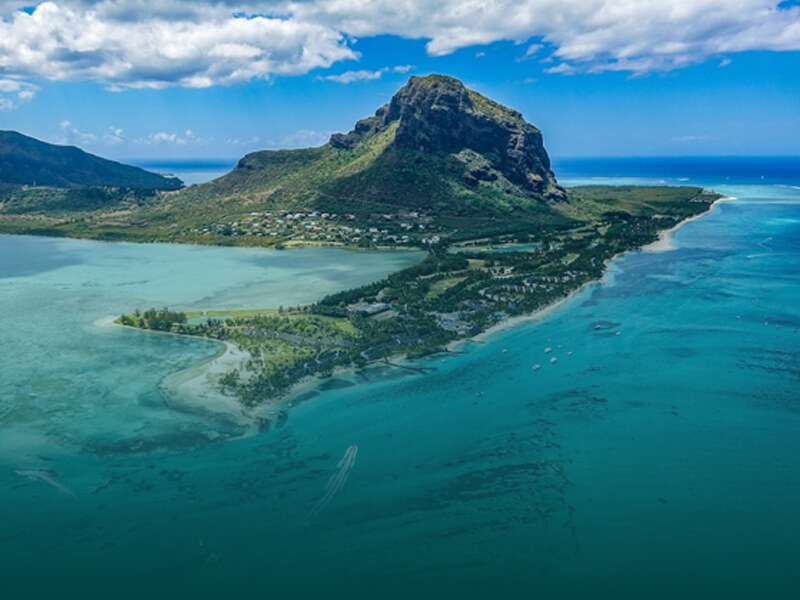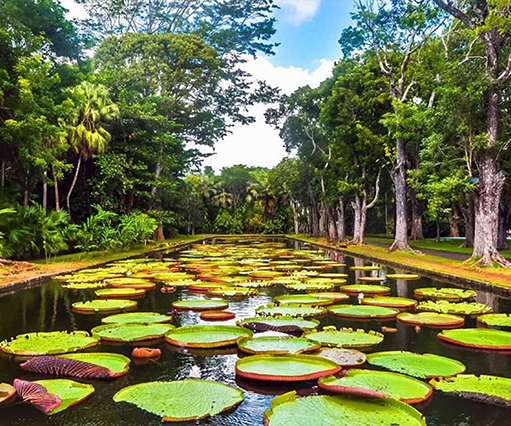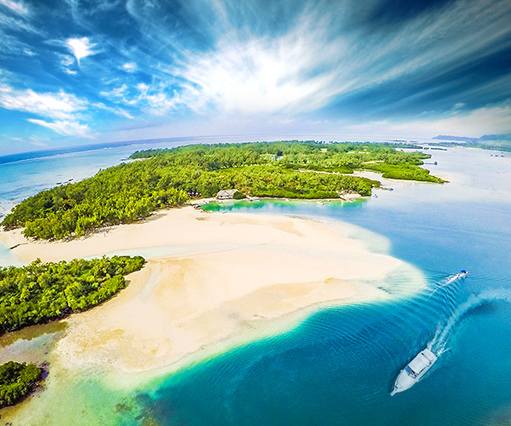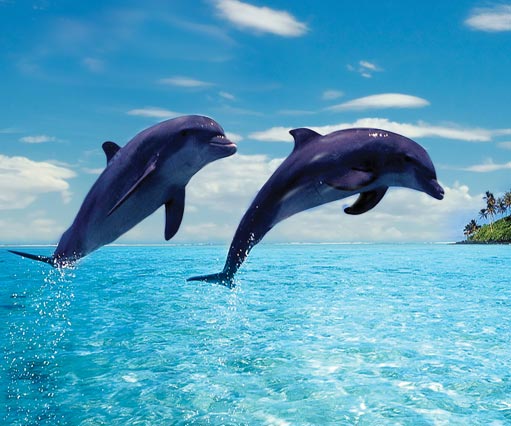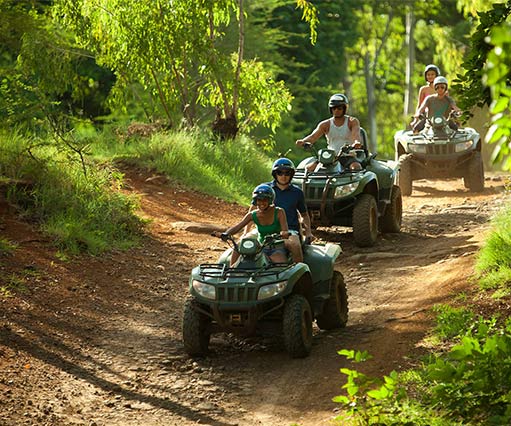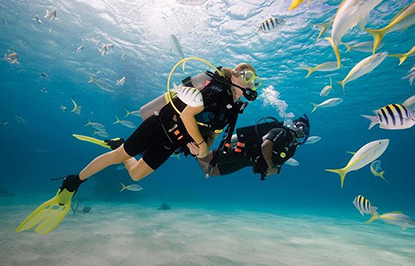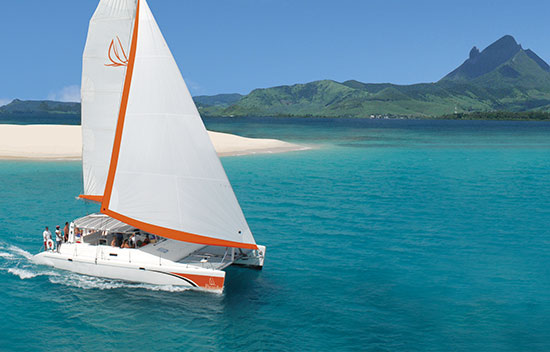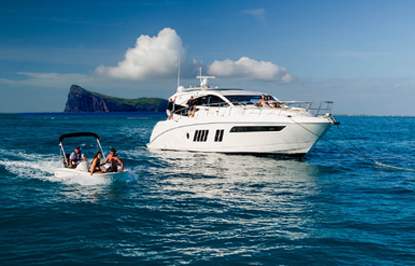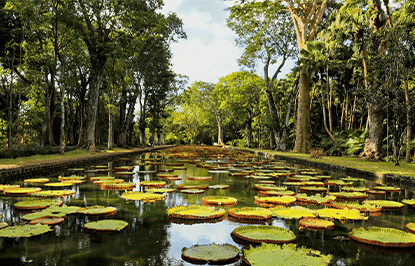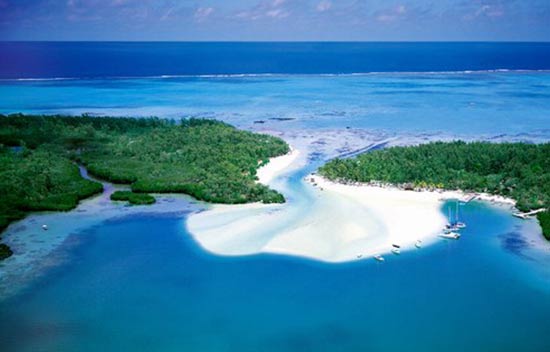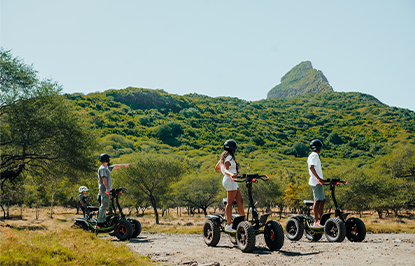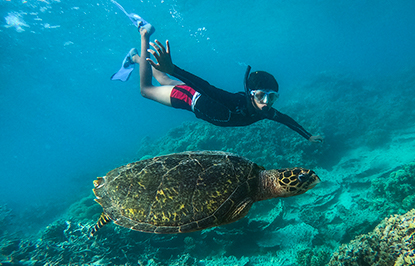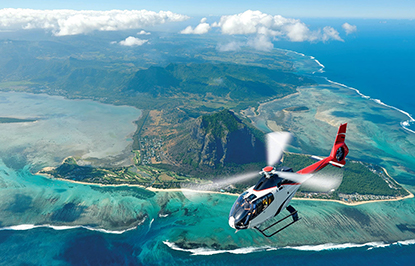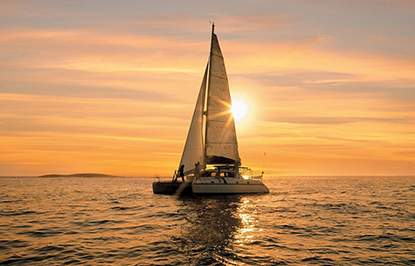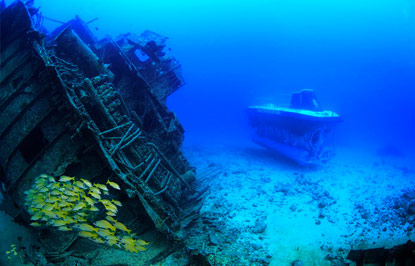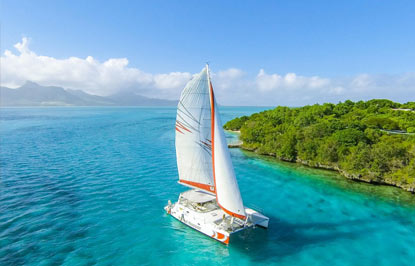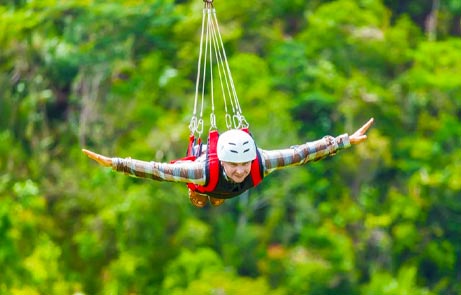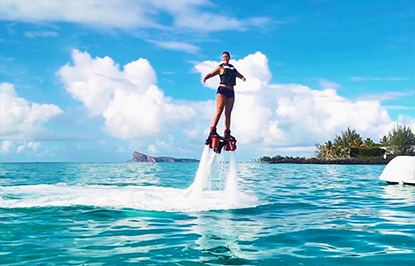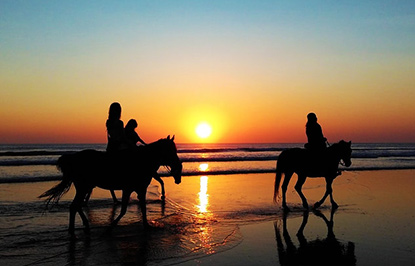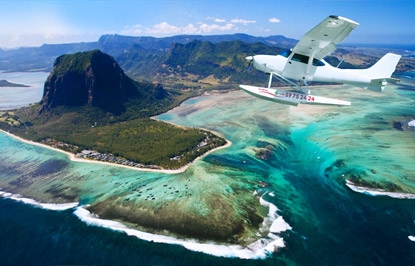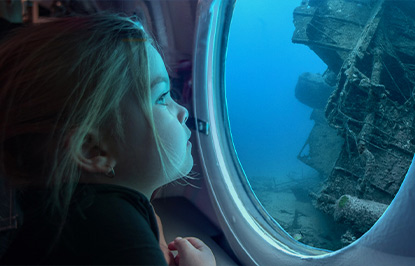Learn More about Rodrigues' Fascinating History
Set in the southern part of the Indian Ocean, just some 600km away from Mauritius, Rodrigues Island is one of the Mascarene islands, created by a volcanic eruption some 2 million years ago. Consequently, it gained a surface area of 108 km². First visited by the Arab sailors in the 10th century, and then by the Portuguese navigator, Don Diego Rodriguez in 1528, from which the island got its name.
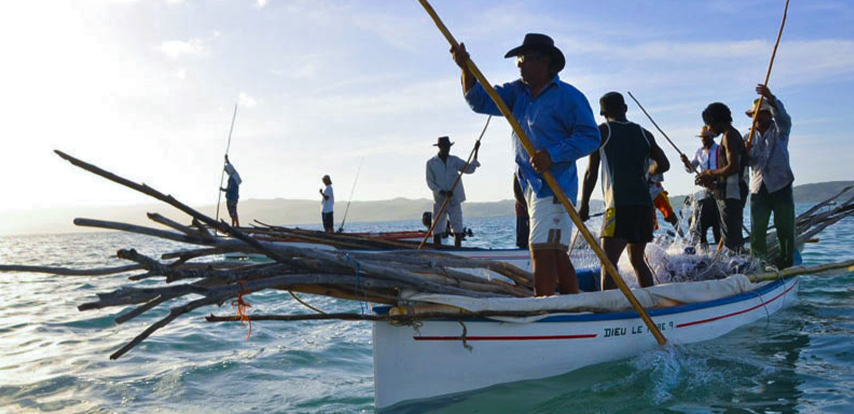
The next visitors turned out to be the Dutch sailors who has a very brief stopover in 1601. Initially, the island was used as a calling station for the frequently visited sailors due to its abundant supplies of fresh water and meat. Giant tortoises were especially prized since they could be kept alive on board for months. Over the years thousands were taken or killed until they completely died out. Rodrigues also had a big flightless bird, the solitaire, which had to face the same fate as its distant cousin, the dodo of Mauritius.
As from then, the Dutch began visiting the island for fresh fruits and water supply. They also brought in goats, poultry, deer and other animals to diversify the food supply. Some of the animals thrived very well in the wild. But, due to the large profusion, they preferred to collect tortoises, turtles, birds and fish.
First Colonisation - François Leguat and his companions
The first serious attempt of colonisation was made in 1691 when Frenchman François Leguat and a group of seven Huguenot companions were escaping from Catholic France under persecution from Louis XIV. Henri Duquesne, the son of a famous Admiral had a plan to establish a republic of Protestant refugees on a distant island.
Leguat and seven young companions spent over two years on Rodrigues, living on the left bank of the river running to the east of Port Mathurin. They spent their time cultivating their gardens, building huts, fishing and playing chess.
They did not have much success with their own crops, but there was an abundance of tortoises, turtles, birds, fish and other sea food. Leguat was a keen observer of nature and as an older man was very happy with the life on Rodrigues. The younger men found it dull and particularly felt the absence of women.
Using wood from a shipwreck and tortoise oil as caulking, they built a six metre boat to make the voyage to Mauritius. However, it was to be three long years before they would find the company of women. Mauritius was occupied by the Dutch, and as they were still at war with France the unlucky colonists were imprisoned as spies for two and a half more years. By this time, two had drowned and one had died of dysentery.
The remaining group had to serve a further year in the army before returning home to Flushing in 1698.
After Leguat, there was a group of more determined French who founded a permanent colony on Rodrigues as part of a European power-struggle to control the Indian Ocean in 1735. They established a small settlement at Port Mathurin, but a lack of leadership coupled with the difficult climate meant the colony never really prospered.
British Invasion and its aftermath
This probably led to the easy invasion by the British in 1761, who wanted a base from which to attack French-ruled Mauritius. The Plassey, a British ship approached Port Mathurin Bay with a Dutch Flag, but as soon as she was close enough she hoisted British colours and opened fire on the three French ships and the shore guns. It was only a brief engagement and the French surrendered.
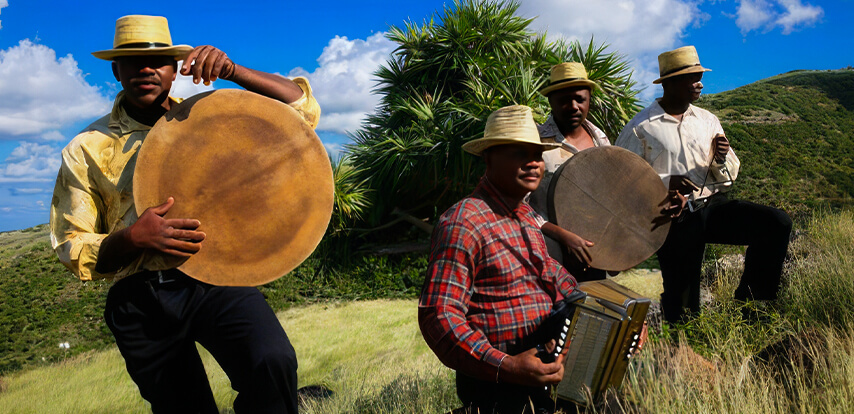
In order to ensure that the news of this capture did not reach Mauritius, the British burnt the only ship that was in the harbour as well as going on to slaughter the cattle and destroy the shore battery. The English did not stay for long and they left with a written pledge that the island would not take up arms for 18 months.
In 1967, Rodriguans distinguished themselves by a massive (90%) vote against independence from Britain (the rest of Mauritius voted strongly in favour).
It was a dramatic illustration of the difference in outlook between the two islands. Following independence, Rodriguans continued to argue that their needs were significantly different from the rest of the country and that they were being neglected by the central government.
The campaign for some level of autonomy was led by Serge Clair and his Organisation du Peuple de Rodrigues (OPR), founded in 1976. His patience and political skill eventually paid off. In 2001, it was announced that Rodrigues would be allowed some degree of autonomy, notably in socio-economic affairs and in the management of the natural resources of the island. The following year 18 counsellors were elected; the Regional Assembly was formally inaugurated in 2002 with Serge Clair as Chief Commissioner. The assembly is now trying to tackle the overriding problems of population growth and poverty.
Rodrigues Island Historical Events
Observing the Transit of Venus
One of the marking event in the history of Rodrigues was the transit of Venus. Astronomy has always been so fascinating to humans as from the early age.
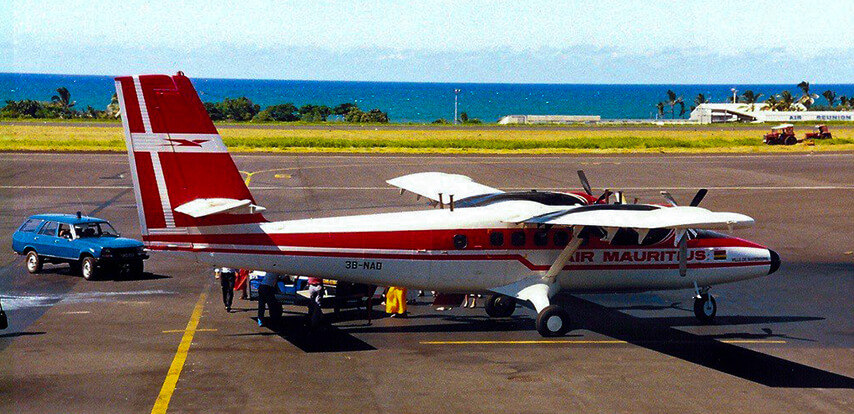
During the colonial period in Rodrigues, the transit of Venus was evoking lots of curiosity among the enthusiasts. Rodrigues was chosen by the French Academie des Sciences as one of the locations where the measurements could be taken, in order to calculate the parallax of the planet Venus as it passed in front of the Sun.
In May 1761 Abbé Guy Pingré, a distinguished mathematician and astronomer spent four months on the island. As well as making astronomical measurements, he also started surveying the island and making notes of the other plants and animals.
However, his work was cut short and his time on Rodrigues extended by the British Invasion.
The Cable
The arrival of the trans Indian Ocean cable on 5th September 1901 was something that would change Rodrigues profoundly. The telegraph cable travelled from Zanzibar to Australia via Rodrigues and the Cocos-Keeling islands. The Cable and Wireless Company established themselves at Pointe Venus. The two buildings, which can still be seen today, won a prize at the 1903 Ideal Home Exhibition before being packed up from London and re-assembled in Rodrigues.
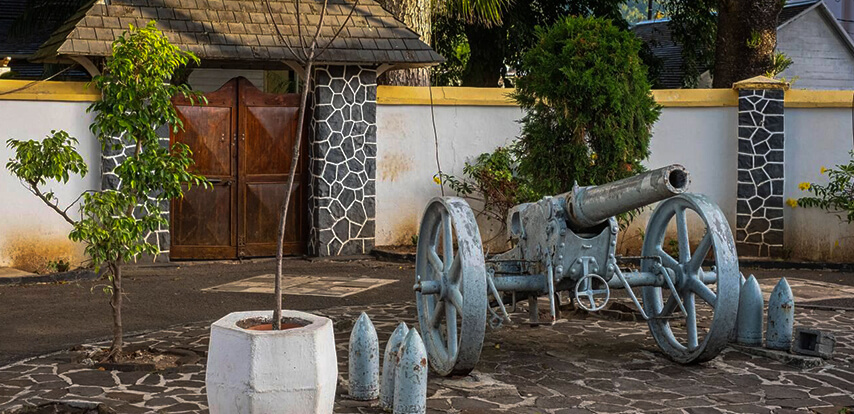
The Second World War
During the second world war, troops were garrisoned on Rodrigues to protect the cable station from a Japanese attack. A six inch gun, an ammunition store and officers housing were built at Pointe Canon.
Later on a 55mm anti-submarine gun was installed at Pointe Venus, but this was an old Greek gun with no range table so would not have been effective. 215 Rodriguan troops were employed on the island, while 315 served abroad with various regiments.
The war did not affect Rodrigues adversely, in fact the money that was brought in to pay for the troops and the contracts for the supplies of produce led to a small boom for the island.














